Page Speed and Conversion Rates: The Effect of UX
Page speed has a lot to say about conversion rates. The real question is: Are you ready to hear these?
We now know that website performance allows users to engage in an interactive relationship with the website. Enabling an interactive relationship comes with two things:
- Users find what they are looking for on the website and do not leave the site
- Users are encouraged to make a conversion due to their quick experience while browsing the site.

But how exactly is all this happening and what page speed is driving improved conversion rate?
Now is the time to take a look. Screpy experts have prepared great research and review content for you. Get ready to explore!
Start your 7-day free trial! No credit card required.
How Does UX Affect Conversion Rates?
What could be the reason we started with the UX directly? Because conversion briefly means the following: The fact that the action that web designers encourage to do the user is performed by the user. Want to see examples about what is conversion?
- User’s buying behavior on an e-commerce site,
- User’s behavior of sharing content or leaving comments under the content on a blog site,
- User’s liking behavior on a YouTube channel.
All of these are considered conversions. The probability of users to convert is highly determined by user experience, the UX. In other words, the more comfortable and free users feel in their experience on the website and the easier they can reach what they are looking for, the more likely they are to convert.
Conversion is something you can always work for more. There is no possibility of reaching 100 percent, but we will always look high – high, and higher!
Page Speed, Web Page Traffic, and Web Page Conversion Rate
The main factors affecting UX also affect conversion. Well, which factors? Page speed comes first to your mind, does not it?
Page speed affects every moment, from users’ browsing experience to their experience during the initial loading process of the website. In this respect, it is very important to reach the relevant area when a button is clicked, to be able to continue reading the page without experiencing a cumulative layout shift while scrolling the site and to see that the site easily loads images on mobile.
So, when we talk about page speed, we are actually talking about conversion rate, not page traffic. Traffic will be influenced indirectly by page speed as it affects Google rankings. But UX will also determine how interactive those users can be, no matter how high your traffic is. Note that: an inactive user who does not spend time and shows some conversion on your website can not necessarily a power indicator for you.
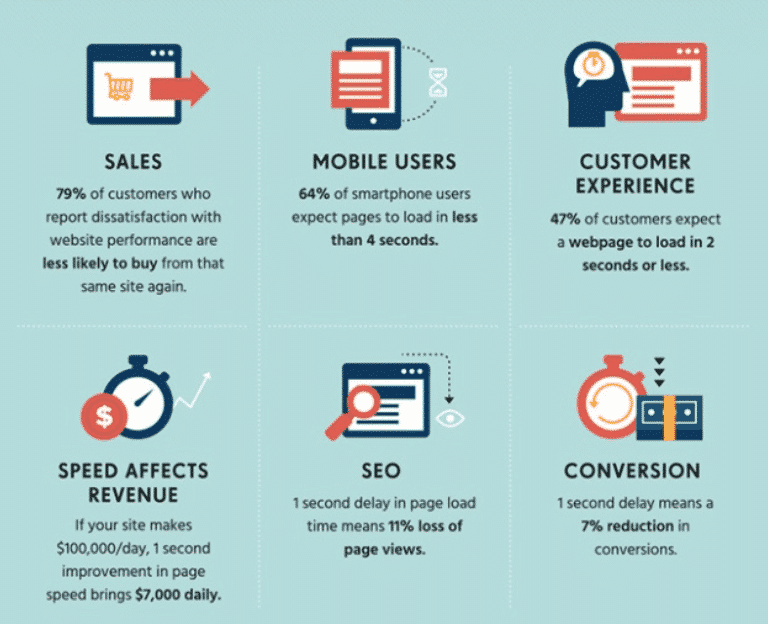
How Page Speed Affects Your Sales?
According to the latest conversion rate studies, page speed is a really important indicator. Let’s take a look at the results together.
- A CTA Conference was held in September 2018 tells a lot about conversion rates and page speed. The data published at this conference examined nearly 200 marketers’ websites. So what do these reviews offer us? Here’s what: Only 15 percent of websites have the speed to meet Google’s demands. What does that mean? Eighty-five percent of websites still have numerous limitations in terms of the speed they offer to the visitors. While these limitations affect everything from UX to SEO, they inevitably lower sales rates and conversion rates.
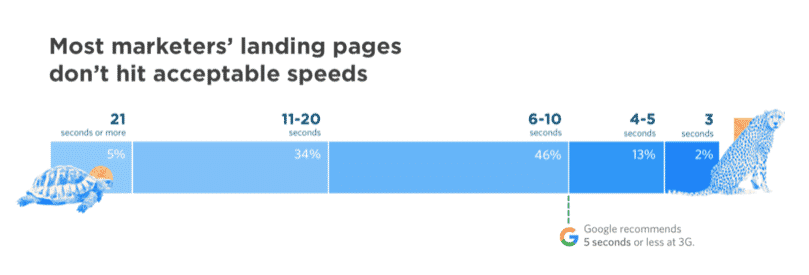
- Seventy percent of users say that the slow loading of a website affects their purchasing decisions. Moreover, the survey participants are a strong group of about 750 people selected by random assignment. Therefore, the data presented are extremely reliable. But why are the results like that? Well, of course, with low page speed, the corporate image created by your brand is not strong enough and of course, the user experience is difficult to achieve good results.
- For 37 percent of users, a wait time of five seconds or higher makes the decision to bounce directly from the page. In fact, the bounce rate starts to increase rapidly from three seconds according to other studies. Bounce, on the other hand, means a considerable decrease in purchasing behavior and therefore conversion rate.
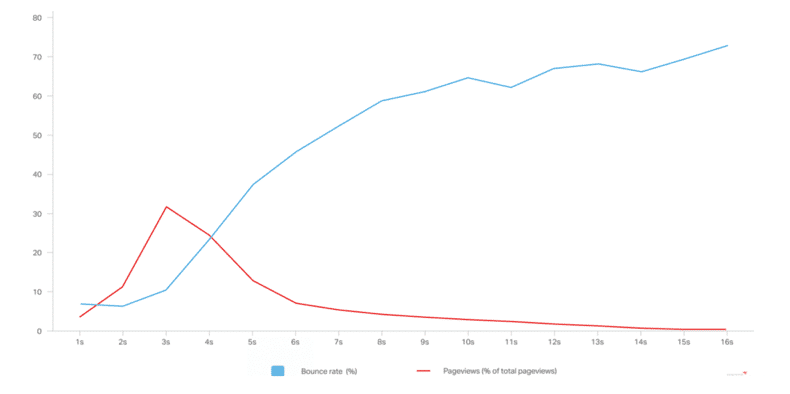
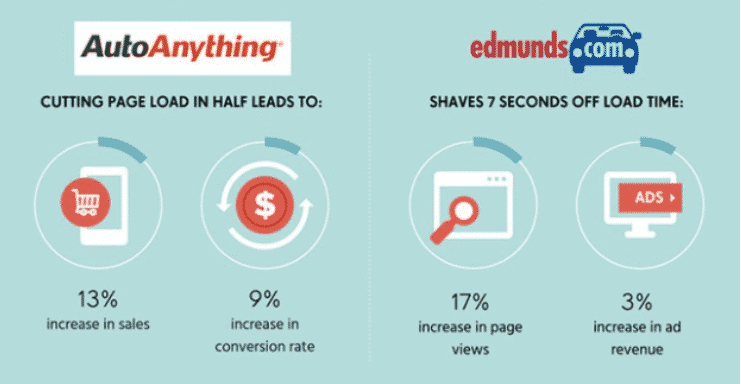
Customer Satisfaction: Investment for the Future with Page Speed
It is possible to say that the website visitors are very quickly affected by the website performance. So we know that a website being faster is now very important for customer satisfaction. Customer satisfaction, of course, means high rate conversions in the long run. According to a recent study, pages load in two seconds or less yield the highest conversion rates and satisfaction.
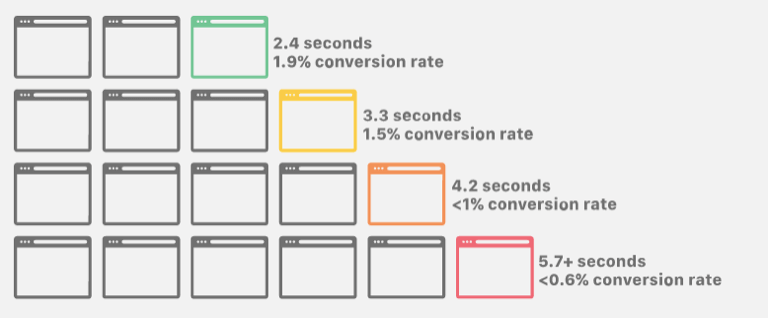
While producing a future-oriented customer satisfaction study, we have to focus on page speed. Because all of the research done by different companies actually tells us the same thing: page speed is one of the powerful factors that determine conversion rates. Let’s take a look at some of the findings of companies with high rates of satisfaction:
- According to Skilled.co, 47 percent of users expect a website to load in two seconds or less. Moreover, this situation does not only apply to Google research. See what research on Bing shows:
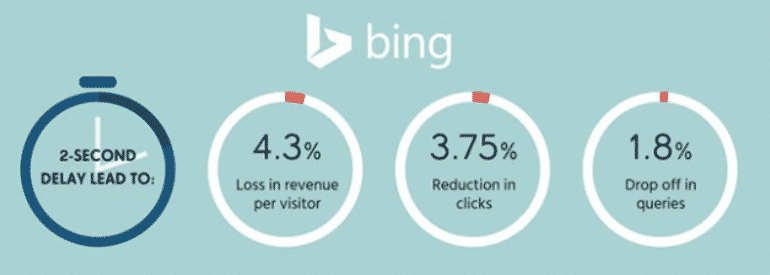
- According to the researches of MPulse Mobile, the potential conversion rate for page load processes that take 5.7 seconds or longer cannot increase above 0.6 percent. Consider what a scary result this is. Do you think such a web page has a chance to succeed and achieve a high sales line?
- According to Mobify’s research, the loading speed of a website’s homepage page is of great importance in increasing conversion rates. Increasing the loading speed of Homepage by 100ms means that total conversion rates increase by a full 1.11 percent. Don’t you think it’s a great change? Hey, luckily Screpy scans each page of your website separately and offers you different tasks for each. In this way, you decide which page needs more improvement, and you can do optimization work with higher awareness.
- Research by another successful company, COOK, points out another important thing: According to this research, improving page load time by just 0.85 seconds can mean a huge increase in conversion rates: a great result of seven percent.
Different sources find very parallel results with similar case studies. So now we are sure that conversion rate and page speed are highly correlated. In fact, everything that affects web performance is related to the conversion rate itself. Because even on a perfectly working website, it takes extra marketing and branding efforts to convince users to convert. Imagine how little chance a website that doesn’t work perfectly has at this point.
Obviously, future customer satisfaction efforts will largely be shaped by page speed.
Test Your Website Performance!
You can quickly analyze your site in a minute